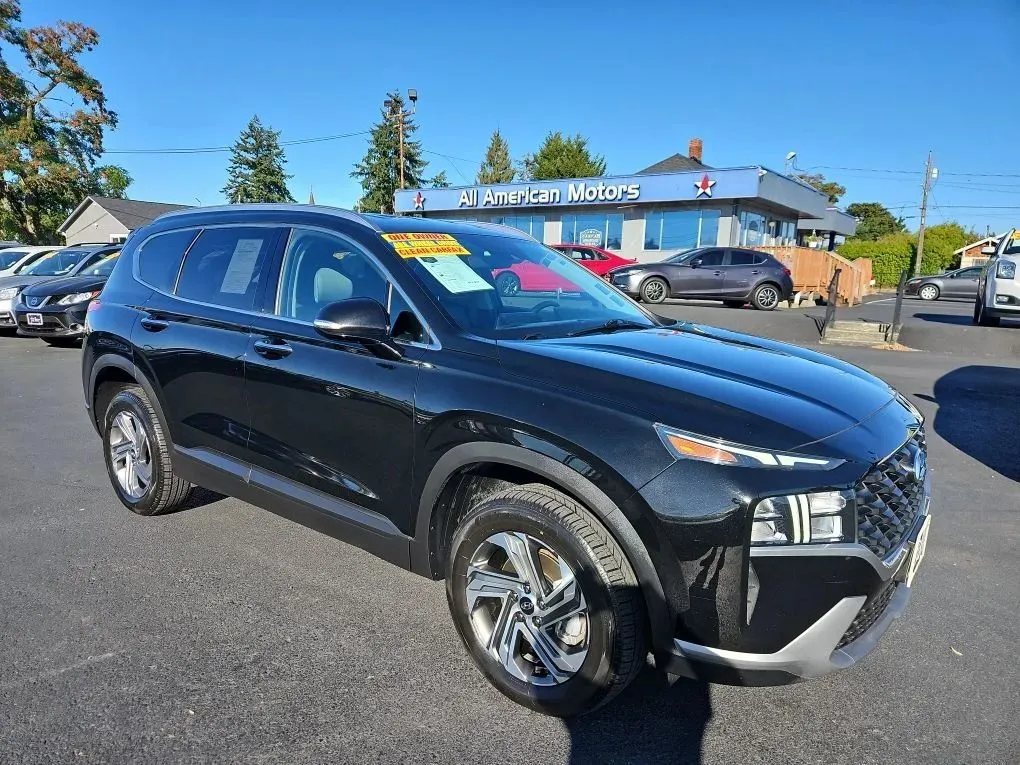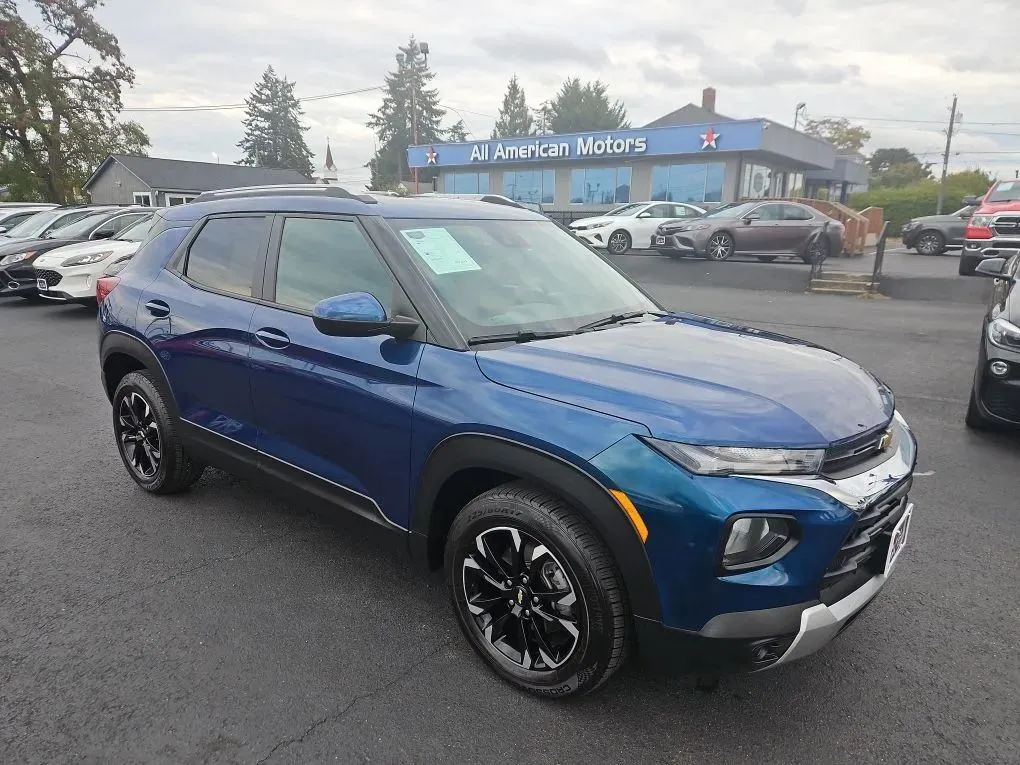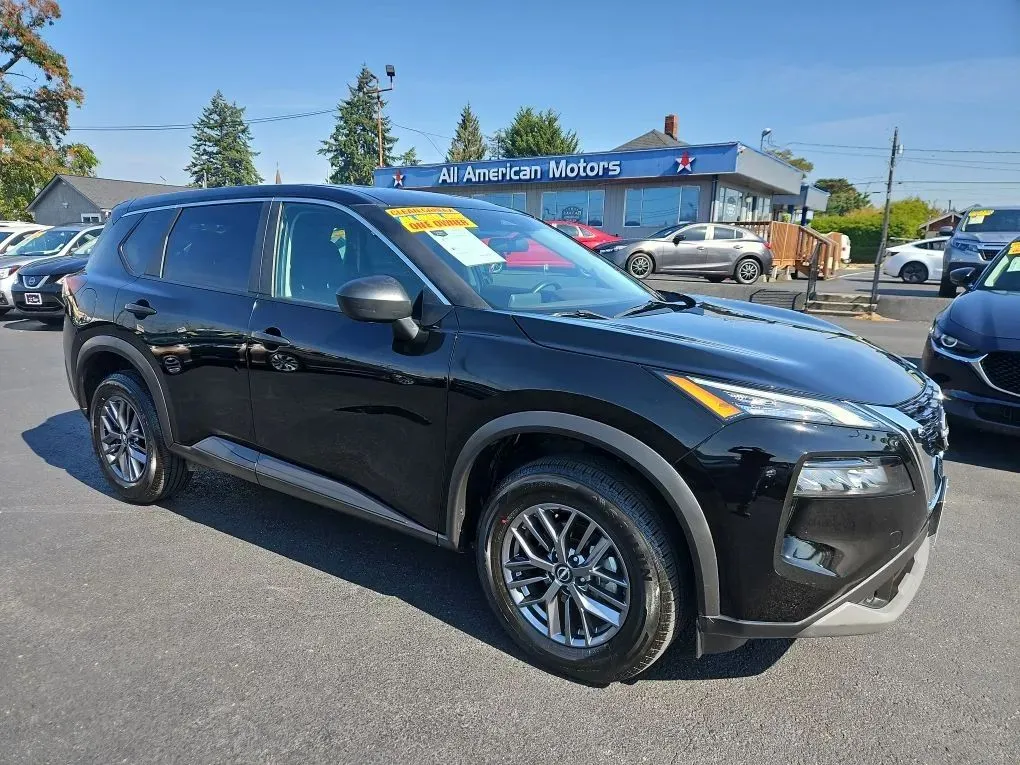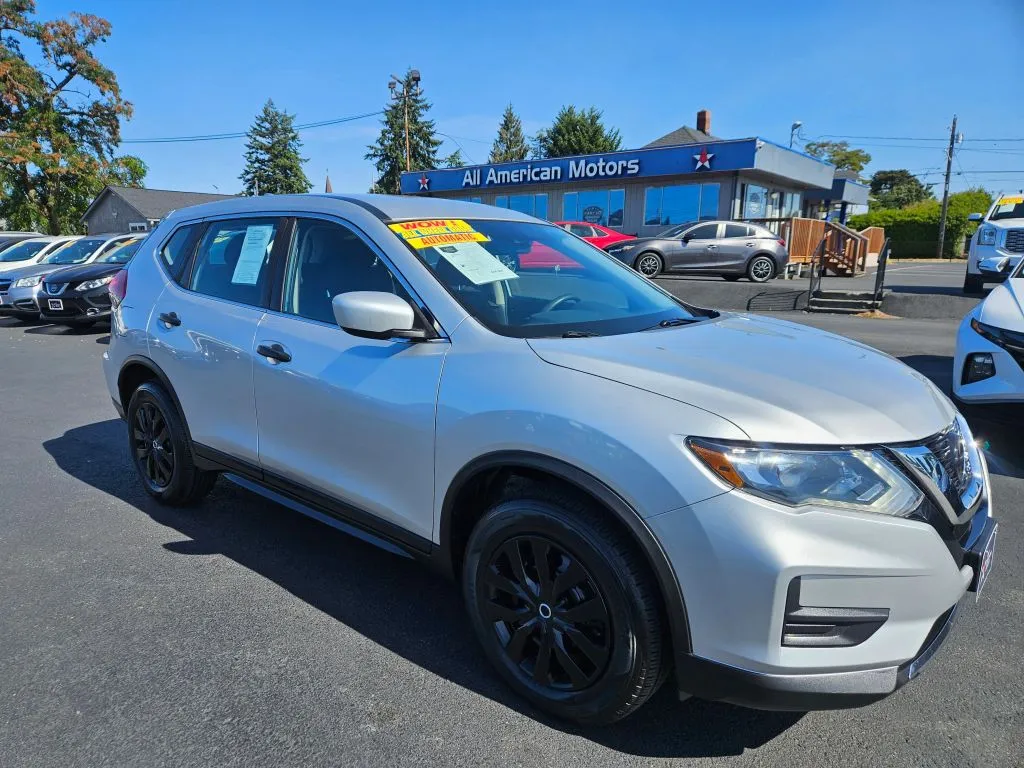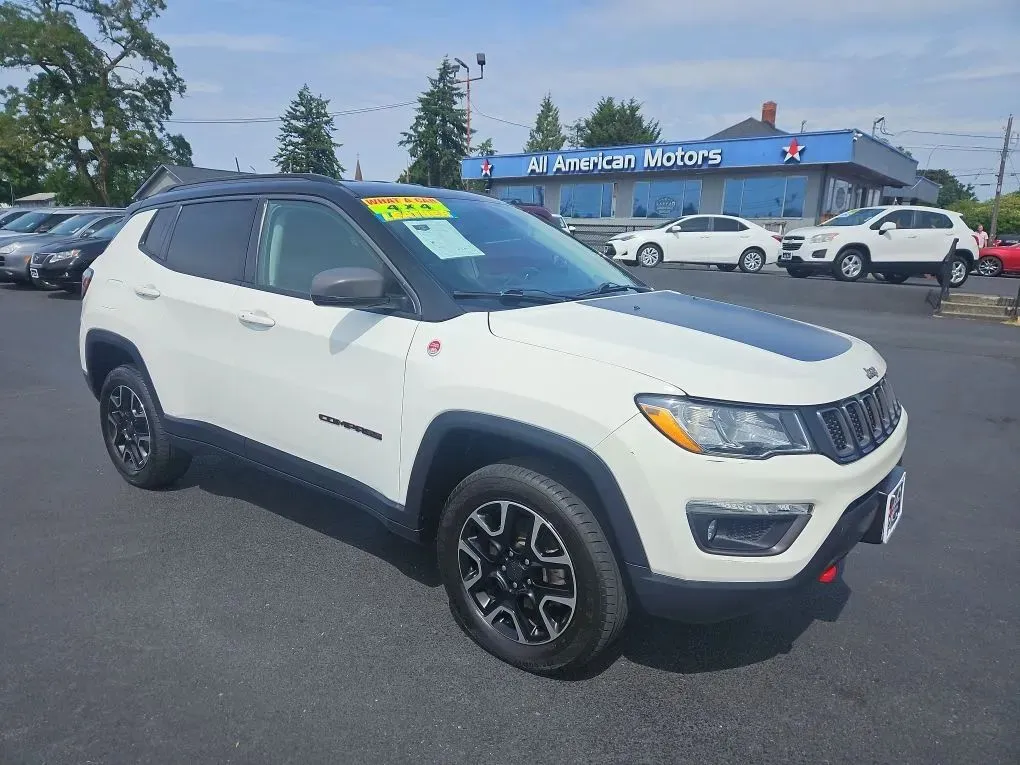Why Your Used Truck's Heater Blows Cold Air
Table of Contents
- Common Causes Of Heater Issues In Used Trucks
- - Low Coolant Levels
- - Faulty Thermostat
- - Clogged Heater Core
- - Malfunctioning Heater Blower Motor
- Signs Your Used Truck Heater Needs Attention
- Steps To Diagnose And Address Heater Problems
- When To Seek Professional Help
- Keeping Your Truck Warm For Tacoma Winters
When the colder months start creeping in around Tacoma, you expect your truck’s heater to keep you warm during your commute or errands. But if you flip on the heat and all you feel is cold air, that’s a problem worth paying attention to. A working heater isn’t just about comfort. It plays a part in keeping your windshield clear and helping you focus while driving.
For owners of used trucks, heater problems can show up for a few different reasons. Cold air blowing through the vents when you expect heat doesn’t always mean something is broken beyond repair, but it's usually a sign that something isn’t working like it should. Here's a breakdown of the most common reasons why this may be happening and what signs to look out for before the temperatures drop too low.
Common Causes Of Heater Issues In Used Trucks
Several parts of your truck work together to produce warm air. When one of those stops doing its job, your heater struggles. Here are a few likely reasons why your used truck’s heater is blowing cold air:
- Low Coolant Levels
Coolant isn’t just something you worry about in the summer. It’s a key part of your heating system too. If the coolant level is too low, there might not be enough flowing through the heater core to create warm air. This happens a lot if your truck has a small leak or hasn’t been checked in a while. Topping it off might help temporarily, but the cause of the low level should be addressed.
- Faulty Thermostat
The thermostat is responsible for opening and closing based on your engine’s temperature. If it’s stuck open, your engine might not ever warm up properly. When that happens, the heater can’t pull warmth from the engine because there isn’t any to begin with. A thermostat that doesn’t work like it should can lead to both overheating and weak cabin heat.
- Clogged Heater Core
The heater core sits inside the dashboard and works like a small radiator. Warm coolant flows through it, and the heater fan pushes air over it to warm the cabin. If the core gets clogged with debris, rust, or sediment, the heat can’t transfer. It’s like trying to heat your home with a clogged air filter. You might notice cold air, strange smells, or even fogging windows when this happens.
- Malfunctioning Heater Blower Motor
Even if everything else is working fine, a broken blower motor can’t push warm air into the cabin. This could mean no air at all comes through the vents, or the airflow is extremely weak. Either way, the heat won’t reach you very easily.
Each of these problems can show up differently. But they all result in the same thing: a cold ride when you don’t want one. Once you know what can go wrong, it gets easier to spot the signs.
Signs Your Used Truck Heater Needs Attention
Even if your heater isn't blowing hot air, the signs are easy to catch if you know what to look for. Unusual noises or smells coming from your truck can be big clues. A grinding or pounding sound might mean something is blocking the fan or that the blower motor is on its last legs. If you catch a whiff of something musty or sweet, it could signal antifreeze leaking from the heater core, leading to cold air or even a fogged-up windshield.
Temperature shifts inside your truck are another clear tell. If you notice that the air swings from hot to cold unpredictably, it might mean a bad thermostat or air trapped in the cooling system. In either case, the inconsistency can be more than a hassle. It leaves you hunting for comfort as you drive in cold weather.
Leaks are another visual cue. Spotting a puddle of coolant beneath your truck is a red flag. It indicates that coolant is seeping from the system, which blocks the warm air from reaching your cab. Tackling this issue as soon as you notice it is smart, because letting it slide can lead to more serious engine troubles down the line. Catching these clues early can help fix small problems before they grow into major ones.
Steps To Diagnose And Address Heater Problems
Diagnosing a heater issue doesn't have to be complex. You can start by checking the coolant level. Once the engine is cool, pop open the hood, locate the coolant reservoir, and see if it’s sitting at the recommended level. If not, topping it up might seem like a quick fix, but track it afterward to see if the level drops again. That might point to a leak.
Next, take a look at the thermostat. A basic check involves feeling the radiator hoses once the engine has warmed up. If one hose is hot and another cold, that might mean the thermostat is stuck open, stopping the engine from reaching full temperature.
The heater core is another area worth checking. If you're feeling up to it, try to access the heater hoses under the hood. When the heater is on and running, feel the inlet and outlet hoses. If one of them is noticeably cooler, that may mean there's a clog preventing the coolant from cycling properly.
Finally, check to see if your blower motor is working. If the fan isn’t running at all or only works at certain speeds, that could mean the motor or its resistor needs attention. A weak flow rate from the vents, even with the heat on high, is a common clue.
Knowing where to look and what to feel for can help give you an idea of where the problem might be hiding.
When To Seek Professional Help
Sometimes the signs are there, but the answers aren't clear. When your heater is still blowing cold air after the basics have been checked, it might be time to trust an expert.
Some issues go beyond easy visual inspections. Things like a cracked heater core or internal coolant flow restrictions aren't something you can always see or hear. In cases like these, it's better to avoid guesswork and get a proper diagnosis from someone with the tools and experience to trace the issue.
A trained mechanic can assess the full heating system, identify trouble spots quickly, and save you the headache of trial and error. That kind of peace of mind is worth a lot, especially when it’s cold outside and you rely on your truck to get you through everyday driving in Tacoma.
If fixing the heat sounds like a bigger project than you're comfortable handling, reach out before it becomes a bigger problem.
Keeping Your Truck Warm For Tacoma Winters
Keeping your truck’s heater in working order makes cold-weather driving a lot more bearable. It’s not just about staying toasty. It helps you stay focused, keeps your windshield clear, and makes morning and evening drives comfortable again.
As Tacoma gets colder heading into late fall, it’s smart to be proactive. Check how your heat performs now instead of waiting until temperatures drop further. Noticing weak airflow, odd smells, or inconsistent warmth can give you a head start before you're stuck with a freezing cabin.
Truck heaters have a way of throwing red flags before they fully quit. If you're noticing any hiccups, don’t ignore them. Staying ahead of the issue allows quick repairs, and those quick repairs mean better rides all winter.
If your current truck keeps leaving you in the cold and repairs just aren’t doing the trick, it could be time to consider an upgrade. We’re here to help you explore options that keep you warm, comfortable, and confident on the road.
If you're tired of battling with a heater that's leaving you out in the cold, it might be time to rethink your ride. Explore our fantastic selection of used cars in Tacoma, WA, at All American Motors, where reliability and comfort come first. Let us help you find a truck that stands up to Tacoma's winter challenges and keeps you warm every mile of the way.


